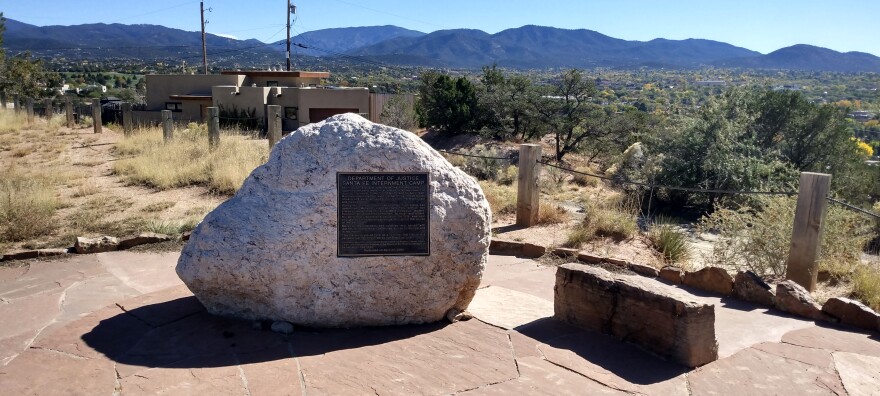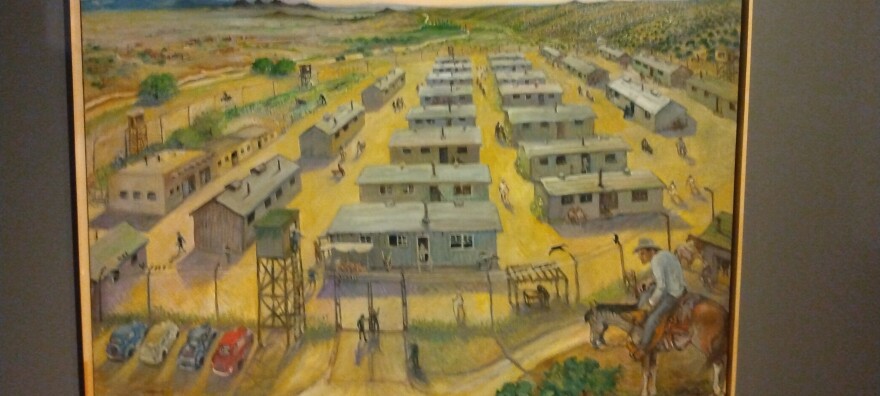A Smithsonian Exhibit of one the nation’s most regrettable events is opening this weekend at the New Mexico History Museum.
The exhibit “Writing a Wrong: Japanese Americans and World War II” opens at the museum on Sunday.
The exhibition examines the complicated history and impact of Executive Order 9066 that led to the incarceration of Japanese Americans following the attack on Pearl Harbor.
It will be on display in the museum’s Herzstein Gallery through the end of the year.
Santa Fe’s part of that history is also on display. 4,500 men were housed at an internment camp in Santa Fe.
Museum curator Cathy Notarnicola says it was one of four that were in New Mexico.
“The one here in Santa Fe held Japanese men that were considered to be dangerous and a lot of them were highly educated. They were preachers, ministers, people who were important to their community,” she said. “On December 7, 1941, a lot of them were taken from their households and sent to hastily prepared camps. They were temporary detention centers. They were then transferred to the Department of Justice camps.”
A remembrance stone is located at the site of the Santa Fe Camp next to the Frank Ortiz Dog Park on La Loma Vista.

“Righting a Wrong” takes a hard look at immigration, prejudice, civil rights, heroism, and what it means to be an American. The exhibition includes historical images, personal stories, and objects from those incarcerated at the camps.
In 1988, the U.S. Congress formally recognized that the rights of the Japanese American community had been violated and President Reagan signed the Civil Liberties Act, providing an apology and restitution to the living Japanese Americans who were incarcerated during World War II.

